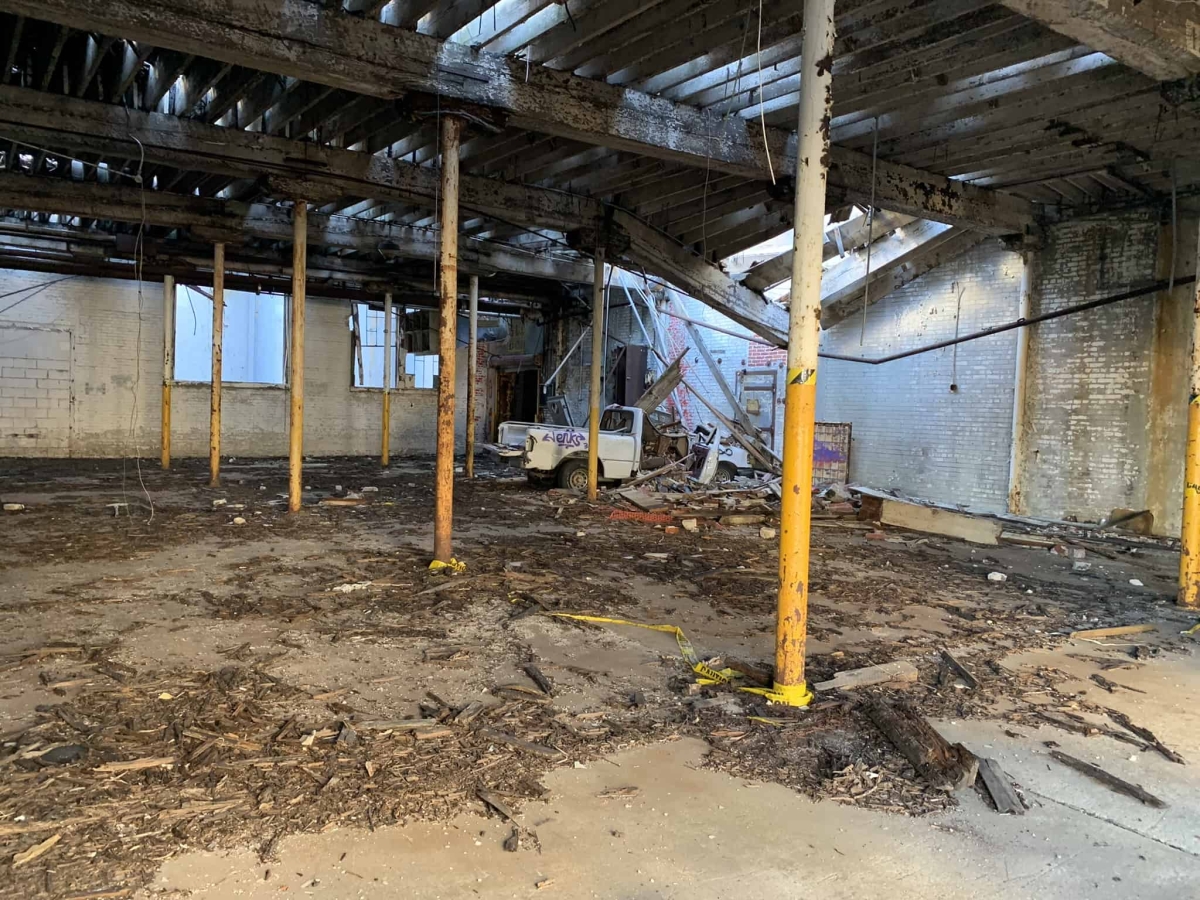Finding life after a brownfield site remediation
From small, boarded-up gas stations to abandoned factories, variously sized brownfields comprise familiar parts of the landscape across the United States. The Environmental Protection Agency (EPA) estimates more than 450,000 brownfields are situated throughout remote and urban settings. Often in economically distressed communities, the proximity of these potentially hazardous sites places residents and the environment at risk and gradually spreads economic blight to adjacent community blocks.
Compared to the U.S. population as a whole, communities surrounding brownfields report larger low-income, linguistically isolated minority populations less likely to obtain a high school education, according to EPA reports. Such residents benefit directly from sustainable brownfield redevelopment and enjoy significant environmental and economic advantages.
Below, we discuss how brownfield site remediation benefits community members' quality of life and why you need an expert to help determine the best reuse possibilities for your community.
How community life improves with brownfield site remediation
Community engagement plays a critical part in brownfield site remediation. Under an EPA brownfields grant, community participation and stakeholder involvement are vital for envisioning long-term uses of redeveloped brownfields. Effective collaboration among those who best understand land revitalization challenges – residents, community leaders, business owners, developers, elected officials and others – can ensure a sustainable and successful brownfield redevelopment project.
The benefits of brownfield site remediation extend beyond initial contaminant removal. Community members report an overall improvement in quality of life as site remediation goals align with local economic, infrastructure, social and environmental conditions. Some significant effects of brownfield redevelopment on a community are:
- Higher property values. Revitalizing a brownfield site transforms abandoned, underused properties into community assets. Remediation measures increase the value of the site and also improve the valuation of neighboring properties. Rising property values translate into increased home values and prices and, subsequently, into buyers willing to pay. A 2017 study in the Journal of the Association of Environmental and Resource Economists concludes brownfield site remediations lead to increased residential property valuations of 5%-15.2% within 1.29 miles of redeveloped sites.
- Affordable housing and housing mix. Typically, brownfield sites are centrally located in metropolitan areas with infrastructure, including roads and stormwater utilities and amenities like shopping, schools, health centers and job centers. Redeveloping distressed sites creates more affordable housing and a wider range of residential options. Revitalization limits expanding impervious surfaces to mitigate runoff and also saves money on infrastructure otherwise required to develop greenfield projects.
- Creating jobs and businesses. A 2020 EPA study projects redeveloped brownfield sites will accommodate 11% in job growth and 13% in housing growth from 2013 to 2030. Since 1995, the EPA's investments in brownfield remediation have created more than 183,000 jobs in cleanup, construction and redevelopment. Redevelopment also prepares former brownfields for reuse as expanding businesses or new investments like grocery stores, health clinics, hospitality, entertainment centers and other amenities.
- Community partnerships. Former brownfield sites rejuvenated as sustainably operating art and recreation centers offer integral improvements to a community's quality of life. For example, several former brownfield sites in Iowa have been redeveloped into affordable art and entertainment spaces. An abandoned auto service shop and attached gas station in Manchester, Iowa, was successfully transformed by the EPA and Iowa Department of Natural Resources into a bustling public access point for the City's Whitewater Park. The project prompted Manchester Chamber of Commerce members to nominate Fehr Graham's Ryan Wicks for IA Magazine's Inspiring Iowan Award.
Brownfield sites deemed unsuitable for building developments can be regenerated into community solar farms. Such renewable sources help provide access to affordable power for near-site low-income communities. For example, the Danville solar system is a 2.62 MW solar project constructed on a former Illinois brownfield site.
Community participation drives brownfield redevelopment. However, partnering with industry experts gives municipal leaders and developers extra support to successfully complete such remediation projects. Revitalization safeguards residents' health and safety and allows everyone to realize the long-term community vision for reusing brownfield sites.
How Fehr Graham can help communities with brownfield site remediation
At Fehr Graham, our multidisciplinary team of experts is committed to improving a community's quality of life through successful brownfield site remediation projects. From providing customized environmental site assessments, due diligence reports, remediation plans and waste management to securing funds for brownfield cleanups, we help ensure community members enjoy the long-term redevelopment goals for brownfield site reuse. Some of our projects include:
Whether a project is on a small private property or a former industrial complex, our team of experts is always available to assist municipal leaders and developers through each stage of the brownfield cleanup process and ensure successful outcomes.
To learn more about brownfield site remediation and how Fehr Graham can help your community achieve successful remediation outcomes, contact us or give us a call at 815.394.4700.
 |
Ross Grimes, a Professional Geologist, focuses on remediating properties that have been longtime eyesores. He cares about the environmental future where he lives and works, so dilapidated properties with even the smallest potential are his passion. Ross is dedicated to doing the right thing every day and addresses challenges with innovation, sustainability and common sense. Contact him at |
Collaborative, Insightful, Results-Driven Solutions
Fehr Graham provides innovative engineering and environmental solutions to help improve the lives and communities of our customers.

